Understanding Manual Call Points
Manual call points are integral components in fire alarm systems, designed to serve as the first point of contact for individuals to trigger an alarm manually in case of a fire. These devices are strategically placed within buildings to ensure easy access and prompt response in emergency situations.
Types and Materials
There are various types of manual call points available, including the conventional break glass call point, the resettable type, and the addressable manual call point. Materials used in the construction of these devices range from durable ABS plastic to robust metal casings, catering to different environmental conditions and ensuring longevity.
Features and Applications
The design of a manual call point typically features a conspicuous element, such as a bright red color, to facilitate quick identification. Some models are equipped with protective covers to prevent accidental activation. These devices are widely used in commercial, industrial, and residential buildings as part of a comprehensive fire alarm system manual call point network.
Advantages of Manual Activation
One of the primary advantages of a manual call point is the immediate activation of the fire alarm system, allowing for a swift evacuation process. Unlike automatic detectors, these manual devices do not rely on smoke or heat detection, thus eliminating the chances of delayed alarm activation due to malfunctioning sensors.
Compliance and Standards
Call points fire safety standards are strictly regulated to ensure devices are responsive and reliable. Products like the apollo call point and kac call point are designed to meet international safety standards, ensuring compatibility with various mcp fire systems.
Choosing the Right Manual Call Point
Selecting the appropriate manual call point for a fire alarm system involves considering factors such as compatibility with the existing mcp in fire system, the specific environment of installation, and compliance with local safety regulations. While manual call point price is a consideration, the emphasis should always be on quality and reliability.



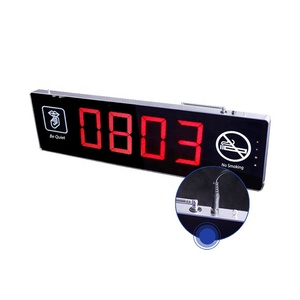



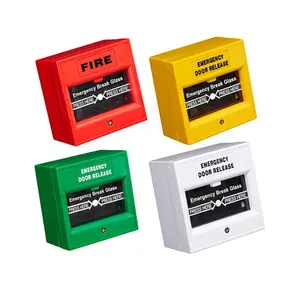




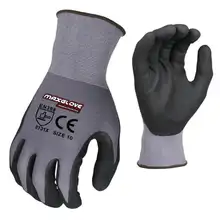

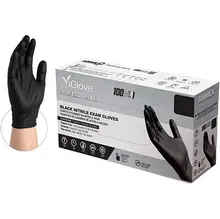




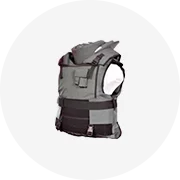


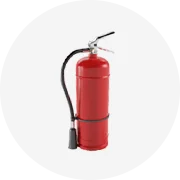
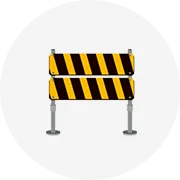








 浙公网安备 33010002000092号
浙公网安备 33010002000092号 浙B2-20120091-4
浙B2-20120091-4